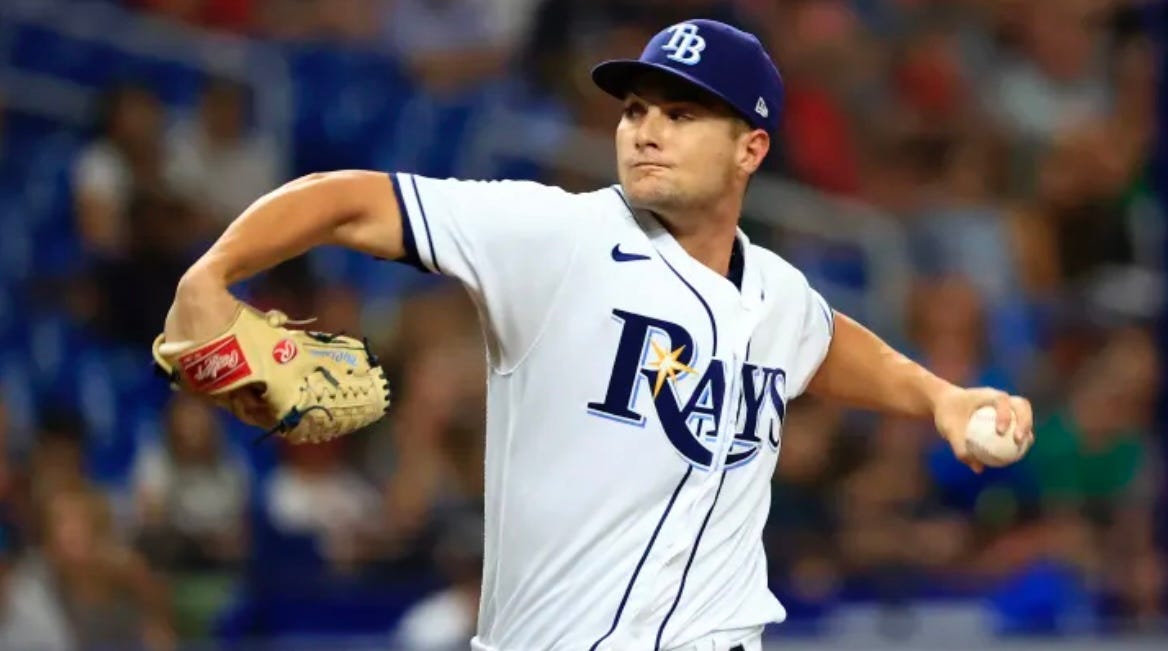It's a fine line
Today's model for the industry can sadly become tomorrow's small-market casualty in the snap of a ligament

TicketRev is the presenting sponsor of VIEW FROM THE BLEACHERS. Click to learn more, and download the TicketRev app on the App Store and Google Play to save on tickets to see the Marlins, the Dolphins, Inter Miami and the rest of the games and concerts you don’t want to miss.
Amid their historic start to the season, I wrote admiringly about the Tampa Bay Rays in April, about how—despite all the challenges they face as an organization—they’re able to compete at or near the top of the American League year after year by being smarter, more innovative, more efficient and more disciplined than many of their rivals.
And in an MLB Roundup yesterday, I had a note about 4 of the bottom 10 payroll teams in MLB (including the Rays) currently sitting in playoff position, while the sport’s 3 biggest spenders will likely be sitting out the playoffs altogether in 2023.
Both stories are compelling, worthy of discussion and, in some circles, celebration. But the harsh realities of Major League Baseball serve as a reminder that no matter how much we want to toast low-payroll success that should give hope to all, it is, in actuality, a perilous high-wire act performed on a windy day.
And teams like the Rays and Marlins are working without a net.
Keep reading with a 7-day free trial
Subscribe to Glenn Geffner's View from the Bleachers to keep reading this post and get 7 days of free access to the full post archives.



